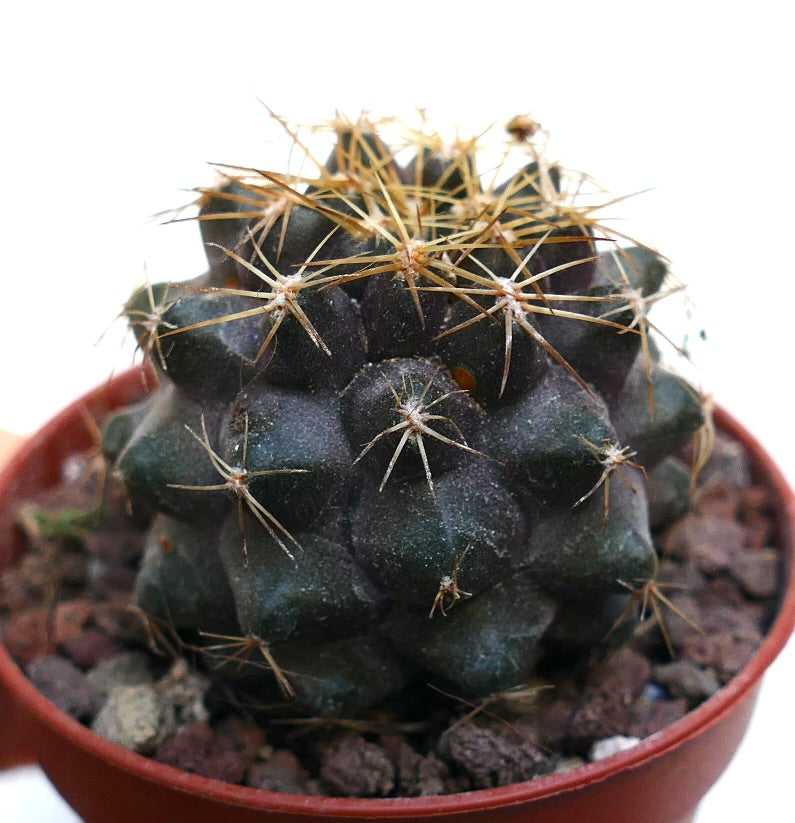Description of Genus Copiapoa: The genus Copiapoa encompasses a diverse group of cacti native to Chile, particularly prevalent in the coastal areas and desert valleys of the Atacama Desert, one of the driest regions on Earth. These cacti are characterized by their unique and varied morphological features, including spherical or cylindrical stems, ribs or tubercles, and colorful flowers. Copiapoa species have adapted to thrive in extreme arid conditions, making them fascinating subjects for both botanical enthusiasts and researchers.
Discovery and Habitat of Copiapoa: Copiapoa was first discovered and classified by botanists in the early 19th century, primarily in the arid regions of Chile. These cacti typically inhabit rocky slopes, hillsides, and desert flats, often growing in clusters or as solitary specimens. The habitat of Copiapoa is characterized by extreme aridity, high levels of sunlight, and minimal precipitation. Over time, Copiapoa species have evolved various adaptations to survive in such harsh environments, including specialized root systems and water-storing tissues.
Detailed Description of Copiapoa goldii: Copiapoa goldii is a species within the Copiapoa genus, known for its distinctive characteristics. Here's a detailed description:
-
Appearance: Copiapoa goldii typically features a spherical or cylindrical stem with well-defined ribs or tubercles. The coloration of the stem can vary from green to gray-green, sometimes with a slight golden hue, particularly in certain lighting conditions.
-
Size: Mature specimens of Copiapoa goldii can range from small to medium-sized, depending on environmental factors and age.
-
Spines: This species usually has radial and central spines, with varying lengths and colors. The arrangement of spines may differ between individual plants.
-
Flowers: Copiapoa goldii produces colorful flowers in shades of yellow, orange, or red. These flowers emerge from the apex of the stem and can be quite striking against the cactus's body.
History of Discovery and Description: The discovery and description of Copiapoa goldii are attributed to botanists exploring the arid regions of Chile in the 19th century. As they ventured into the Atacama Desert, they encountered various species of Copiapoa, including Copiapoa goldii. The species was likely named after the botanist or explorer who first documented and described it, although specific historical records may vary.
Botanists would have carefully observed the morphological features, habitat preferences, and flowering characteristics of Copiapoa goldii before formally describing it as a distinct species. These observations would have been recorded in botanical literature, alongside detailed illustrations or specimens to aid in identification and classification.
Copiapoa goldii, like other species within the genus, continues to be studied by botanists and researchers to better understand its ecological role, genetic diversity, and conservation status within its natural habitat.






